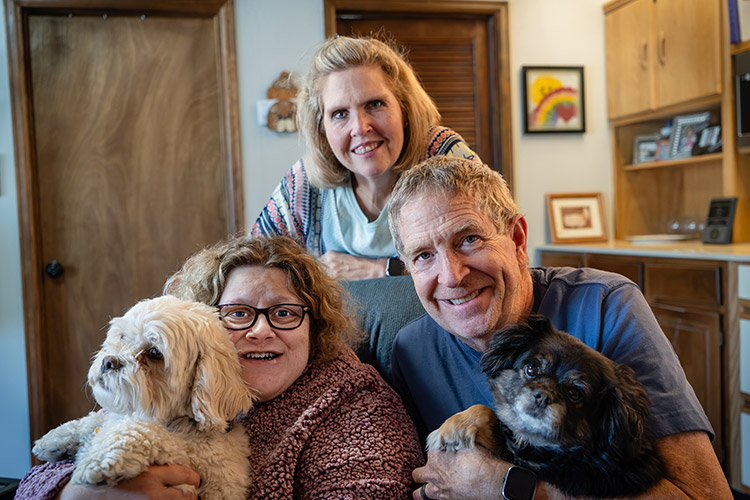A home is more than just a place to live, it’s a space where individuals can flourish and feel safe. For people with developmental disabilities, the right home environment plays a critical role in their well-being, independence, and quality of life. Here are some tips for creating a nurturing, supportive environment for your loved one with developmental disabilities.
Understand the individual’s needs
The first step is to understand the unique needs of the individual. Every person with developmental disabilities is different, and their living situation should reflect their abilities, preferences, and support needs. Take time to evaluate how much help is needed with daily activities like meals, getting ready, or managing their medical care. Collaborating with doctors, behavioral therapists, and other professionals can provide insights and additional support. This ensures that support is personalized and will create an environment where the individual can thrive.
Selecting the best residential setting
Choosing the right residential setting is essential to meeting the individual’s needs while also providing independence and choice. Housing options for people with developmental disabilities have evolved dramatically, moving away from institutional settings towards more community-based, person-centered settings. Below are forward-thinking options to consider
- Congregate Living: This model offers 24/7 care in a home where people with developmental disabilities live together in a shared home environment. This setting provides the necessary support for those who need continuous assistance, fostering a sense of community.
- Supported Living: Supported Living enables the individual to live as independently as possible in their own home while still receiving the support they need. People can choose their level of ongoing support, making this a person-centered approach that allows for autonomy while maintaining assistance when needed.
- Shared Living: In this arrangement, a person with developmental disabilities lives with a family in their home. The host family is trained to provide the specific care needed, integrating the person into a family-like environment where they feel safe and supported. Shared living offers a highly inclusive experience, promoting both independence and connection.
By carefully considering which of these residential settings aligns best with your loved one’s needs and preferences, you can choose a supportive home environment that fosters independence, connection, and growth.
Encourage social and community connections
Building strong social ties is essential for emotional well-being. Help your loved one create connections both at home and in the community. Encourage involvement in social groups, recreational activities, or volunteer opportunities to foster relationships outside the home. Whether it’s joining a local club, attending community events, or participating in church activities, these interactions provide a sense of belonging and boost confidence.
Promote independence
Fostering independence within a home environment is crucial for building self-confidence. Encourage participation in everyday tasks like meal prep, cleaning, or personal care. Provide opportunities for learning new skills, engaging in social activities, or exploring new hobbies. Every small step toward independence can lead to greater empowerment, and celebrating these achievements helps build a sense of pride and accomplishment.
Creating a supportive home environment for a loved one with developmental disabilities is about nurturing their independence, encouraging social connections, and understanding their unique needs. By focusing on the right residential setting, fostering communication, and providing opportunities for growth, you can help them flourish in a home where they feel safe, supported, and empowered.

